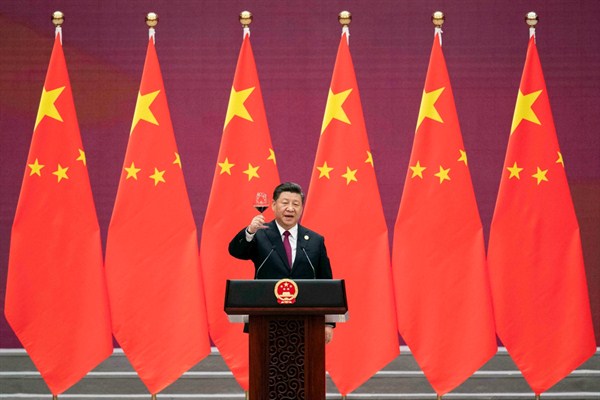Of the many paradoxes surrounding China today, the trajectory of its massive Belt and Road Initiative has become one of the most puzzling. Even as the expansive plan has become essentially synonymous with Chinese foreign policy in general, it remains increasingly difficult to nail down with precision what, exactly, it is.
The Belt and Road Initiative today is most readily identifiable as an infrastructure development program, since media coverage tends to focus on flagship projects like ports and power plants, as well as the fallout when some of them go awry. But while Chinese Communist Party leaders hail the scheme in lofty economic terms, in practice, it has become something of a catchall for an almost catholic variety of loosely connected projects and initiatives overseas, all bearing its name.
The “Belt and Road” philosophy has recently been invoked in all sorts of development-adjacent projects, from Chinese NGOs seeking to build “stronger emotional ties” through AIDS prevention missions to foreign exchange programs for Chinese university students in Belt and Road member countries. At times, projects under the Belt and Road umbrella even appear to be at odds with one another; while some bodies, such as the BRI International Green Development Coalition, preach sustainable energy development, as of this year Chinese banks under the Belt and Road framework have reportedly funded as many as 140 coal plants worldwide.

